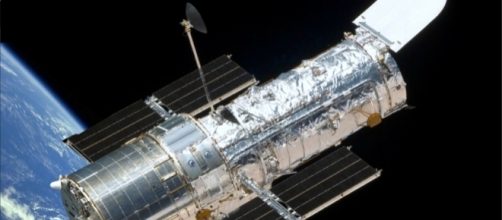The European Space Agency (ESA) (in conjunction with the Hubble Space Telescope) have received a new image that is of a nearby super star cluster which is home to one of the largest stars that humanity has ever discovered. This is just one of the many examples of the stunning images that the Hubble Space Telescope has managed to capture in the almost twenty-seven years that it has been in space, scanning the night sky.
More on the cluster and star found
The super star cluster that the large star was found in is Westerlund 1, which was discovered in 1961 and is a comparatively young star cluster.
The star cluster is "super" because it has more mass and is also more luminous than other young star clusters are. This type of star cluster is rare in the Milky Way and is located about 15,000 light-years from Earth. On the outer edges of this cluster is star Westerlund 1-26, which may be among the largest stars ever observed so far in the known universe. Westerlund 1-26 is a red supergiant with a radius that is over 1,500 times large than our sun. It also has a luminosity that is almost 380,000 times brighter than our sun. If Westerlund 1-26 was located where our sun is it would engulf Mercury, Venus, Earth, Mars, and Jupiter.
The future of Hubble and space telescopes
The Hubble Space Telescope got launched into low Earth orbit back in 1990, and while it was not the first space telescope, it has become the most famous.
Not only has the telescope served as a critical research tool for scientists, but its fame has helped it to become a great public relations tool for astronomy. The fifth and mostly likely final servicing mission for the telescope was done back in 2009. It is unknown how much longer Hubble will continue to operate, but it could last thirty more years if everything functions correctly.
In October 2018 the James Webb Space Telescope is expected to finally launch, with it possessing a larger primary mirror than Hubble. It will also offer groundbreaking photo resolution and sensitivity from mid-infrared to long-wavelength.

